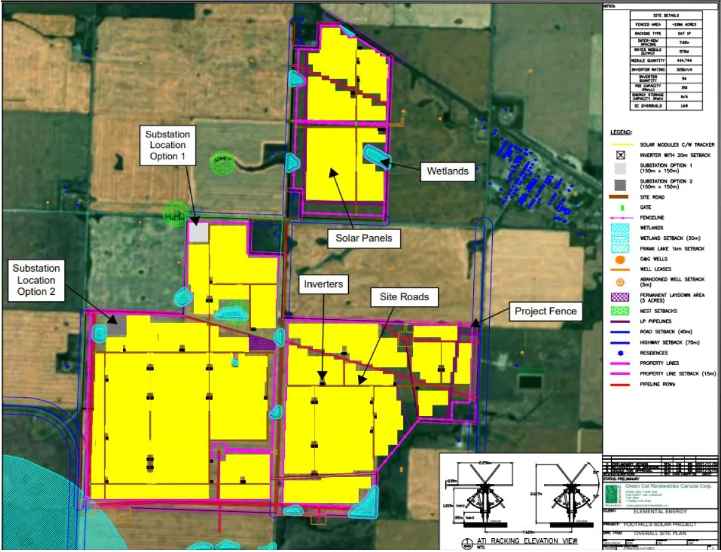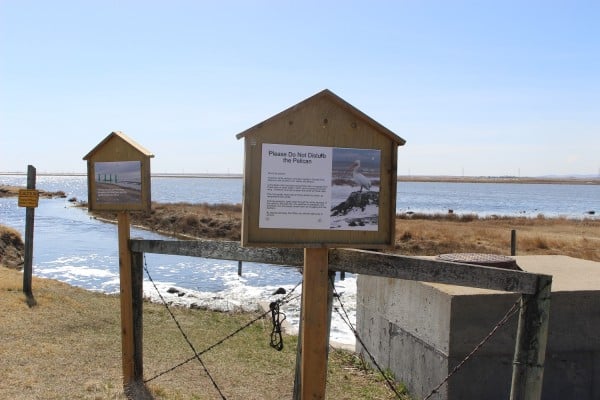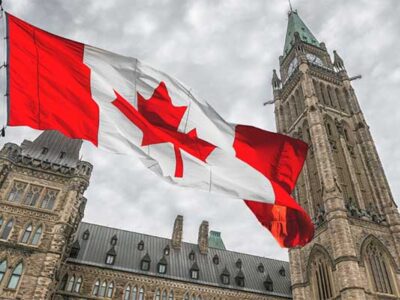- The proposed Foothills Solar Project would generate 150W of renewable energy for the Alberta power grid.
- A group of concerned citizens worries the solar project is being built too close to Frank Lake, an “important bird area.”
- The fear is migratory birds could mistake solar panels for water and get seriously injured or perish trying to land on the solar farm.
- The deadline for submissions opposing the project is fast approaching, and the hearing process will begin soon.
East of High River, near Frank Lake, a local group continues to fight against a proposed solar project.
The Foothills Solar Project would generate 150W of renewable energy for the Alberta power grid. If approved, construction would begin in 2023, with commercial operations commencing later in the same year.
The large-scale solar project is proposed for a site 1km away from Frank lake, which a group of concerned citizens considers too close to an important bird area that should be protected.
Amy Marcotte, with the Frank Lake Concerned Citizens group, claims Frank Lake is an internationally recognized area for migrating birds, with sightings of over 253 different bird species recorded.
According to Marcotte, the list of birds includes several at-risk species. She explains that the Frank Lake Concerned Citizens group takes the lake’s boundaries seriously “because we love our wildlife” and are worried about the species at risk.
“Important Bird Areas” or IBAs are located across Canada, with 47 located in Alberta. One of the group’s biggest concerns, according to Marcotte, is if this solar project is allowed to move forward, other projects may be proposed in IBA locations, “If this project is put in through the IBA, it opens the door for further encroachment, further fragmentation and development being put in the other 46 IBA’s in Alberta.”

Frank Lake, in blue, is located in the bottom left corner of the plan. (Submitted by Lacey Cosgrave via CBC)
One potential solution proposed by Marcotte is that solar projects like this are placed in areas where the land cannot be used for agricultural purposes or in decommissioned gravel pits.
Conservation efforts are important to Marcotte, who worries if more land is taken away from birds and wildlife, there will be little left for future generations.
Marcotte says places like Frank Lake have done wonders in terms of protecting the land for at-risk species and providing them with a fruitful habitat, which is increasingly important due to the disruption of ideal environmental conditions from the effects of climate change.
Other organizations such as Environment Canada and Foothills County have also filed oppositions to the project with the Alberta Utilities Commission.
Environment Canada has echoed the concerns of Marcotte’s group regarding the potential impact on the migration of birds. The fear is that birds flying over the panels could mistake them for water and get seriously injured or perish trying to land on the solar farm.
The deadline for submissions to the Alberta Utilities Commission, August 29th, 2022, is fast approaching. Once the deadline has passed, the hearing process will begin to determine the fate of Frank Lake and the FootHills solar project.













Comments